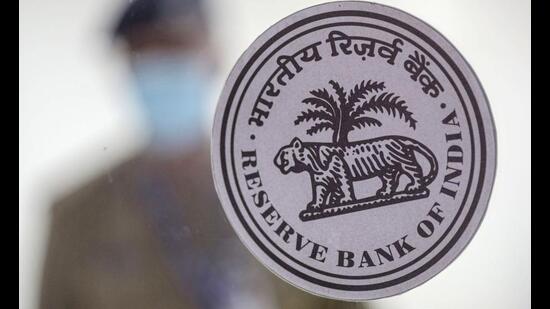Time is right for a digital rupee
The Reserve Bank of India’s pilot project can foster greater inclusion and revolutionise monetary transactions
Starting this month, the Reserve Bank of India (RBI) will begin a pilot project that will put a digital rupee, or e ₹, in the hands of individuals. Groups of merchants and customers in four cities — Mumbai, Delhi, Bengaluru and Bhubaneswar — will be given these digital currencies so that they can transact as they would with cash, helping RBI identify flaws and improvements before a wider rollout. With this, India will join a group of 15 countries trying out what is known as a central bank digital currency, or CBDC. In simple terms, a CBDC is the closest virtual equivalent of cash with the liability for its value resting directly with the central bank, instead of — as is the case at present — an intermediary bank, which has to settle digital transactions with other banks and RBI at the end of accounting.

Since Bitcoin, a cryptocurrency, took off in 2015 (it was first conceptualised in 2008), there have been many conversations around the future of money. Born in the throes of the 2008 financial collapse, Bitcoin laid down a cyber libertarian vision: Digital currency should be transparent, free of government regulation and anonymous. But fast forward to 2022, through a pandemic-induced boom, the mushrooming of hundreds of cryptocurrencies and financial institutions, overly centralised exchanges and allegedly dubious transactions, and billions of dollars in individual investment, the vision has all but collapsed. The downfall, ironically, harks back to the 2008 crisis when unscrupulous behaviour by financial institutions robbed individuals and taxpayers of billions of dollars. The crypto meltdown of 2022 is believed to have cost investors $12 billion till now.
Technology holds immense potential to revolutionise money along with the decades of institutional checks and balances developed in the aftermath of financial crises. But the benefits of doing so with a CBDC, and not a private cryptocurrency, include substantial savings from not having to print cash and robust oversight and regulation. The reduced reliance on inter-bank processes will also lead to cheaper and more efficient cross-border transactions and allow for more innovations in payment systems. But perhaps most significant is its potential for financial inclusion, giving underserved populations access to digital money with more reliability and resilience — characteristics only legal tender can provide. As success stories such as the Unified Payments Interface (UPI) have shown, the appetite for modernisation of payments is immense in India. The time is right for the e ₹.
All Access.
One Subscription.
Get 360° coverage—from daily headlines
to 100 year archives.



HT App & Website






